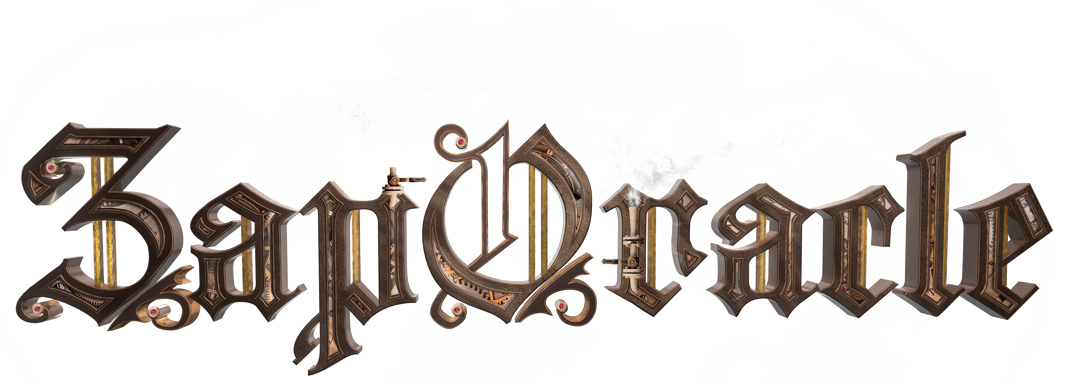To be the navigator of your life, you must consider the direction you are going and make course corrections.
To make a course correction, you must first establish your present trajectory. Consider what you’ve spent time, energy, and money (a form of energy) on in the last day, week, or other unit of time you can observe closely. The time and energy you’ve spent in the recent past are the thrust of your trajectory. Based on the temporal and energetic momentum of the last unit of time, you have a map of where you are heading. A map, however, is not the territory and cannot precisely predict the future. For example, apply this technique to your physical health: Based on what you have put in your body, the exercise you’ve done, etc., during the last day, week, or month — what sort of body should you expect to have if that way of eating/exercise, etc. continued indefinitely? If the way you’ve treated your body in the last 24 hours is unsustainable, you need to make course corrections and follow a better health map. The map, however, cannot account for wild card variables. I could faithfully follow a good health map, eating and exercising well right up to the moment I’m hit by a truck. Nevertheless, maps are great tools, and we should follow the best map we can draw up.
Give the same type of analysis to finances, relationships, and time expenditures. Remember that intentionality is revealed more by actions than words. Regardless of your stated intentions, your present trajectory is more accurately calculated by what you actually did in the last unit of time. To change course, you must take many new actions and cease certain old ones.
Statements of intention not backed by action are like reading a proclamation of where you want your boat to go as you stand on the deck while no one is minding the sails, rigging, and rudder.
A major course correction requires you to draw up a new map and immediately take action in accordance with it. Acting on a new map does not, however, guarantee smooth sailing. Storms will still try to blow you off course.
When you plot your present trajectory — noting everything you spend time and energy, ask yourself if you are doing things you will remember well on your deathbed. Are you doing things you wouldn’t want others to know about? What are you doing now that does not set a good example for others and would be a societal problem if everyone acted so?
Substantial course corrections usually involve pain and sacrifice, a loss of self-importance, and a relinquishment of short-term pleasure in favor of a true calling. To make a substantial course correction means going against the flow. Your old trajectory has lots of momentum behind it.
Finally, if you miss the right exit on the highway, when is the best time to turn back? Should you wait till tomorrow morning, the weekend, or the end of the school term? If you need a course correction, you almost certainly need it now. Be your own wise and alert navigator now, and nowever, for there will never be a time when you can safely fall asleep at the wheel.
If you want to be the navigator of your life, you are asking for a relatively rare and privileged position. Most people are adrift in collective undertow and are not captains of their own ships. If you want to be your own navigator, think again if you are up for the challenge, because this position is a 24/7/365 responsibility. As navigator of your own life, you are never off duty. You must be ready to re-triangulate your position and make continual course corrections through a journey that may last lifetimes.
Being your own navigator doesn’t preclude sometimes considering the advice of others. See: Jonathan Zap’s Consultation Services
Highly Relevant:
Temporal Fencing and Life Fields
Pathfinding/Daymapping
for muse-driven navigation:
The Path of the Numinous — Living and Working with the Creative Muse
 ZapOracle.com home to the free 720-card Zap Oracle
ZapOracle.com home to the free 720-card Zap Oracle






